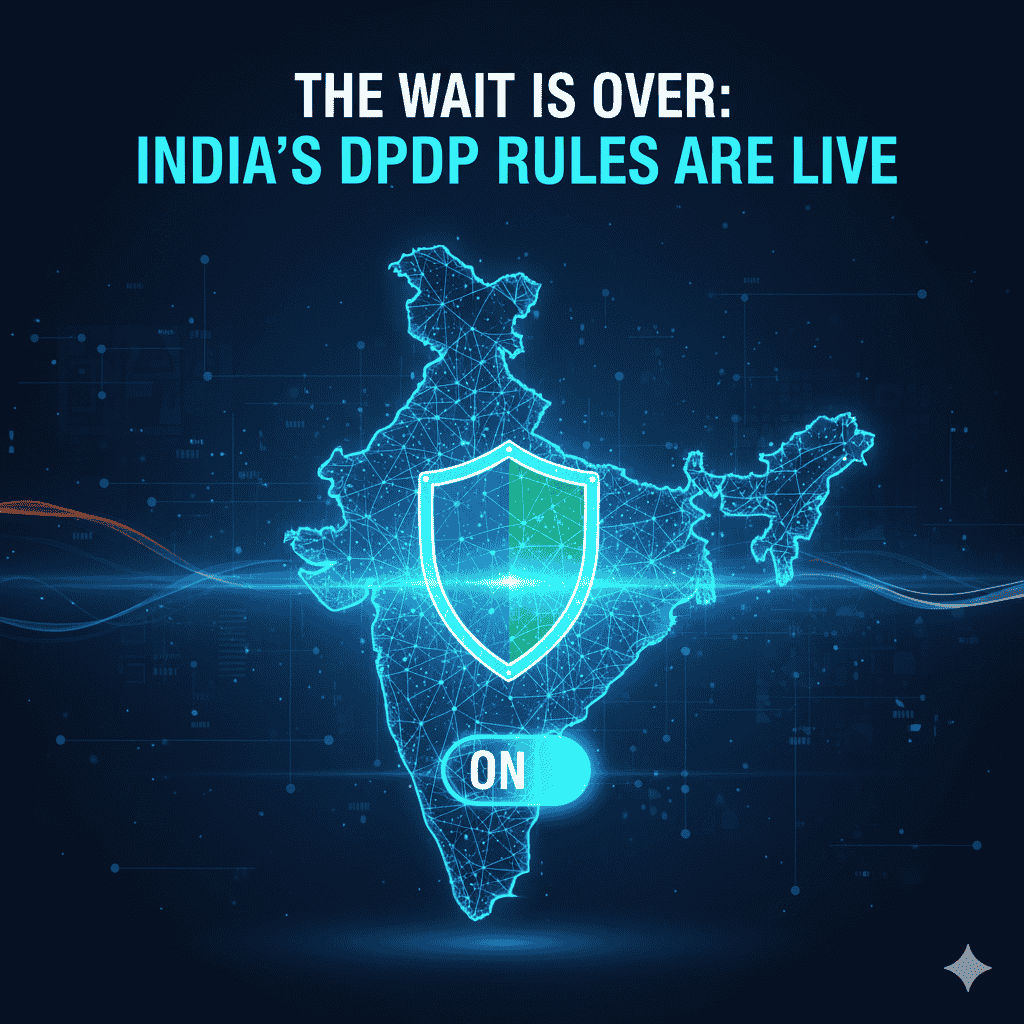In today’s fast-paced digital landscape, marketing teams are often swept up in a whirlwind of campaigns, data analytics, and customer engagement strategies. The result? A chaotic environment that stifles creativity and hinders effectiveness. Transitioning from this chaos to clarity is essential for sustainable business growth, and mastering marketing operations is the key. This article delves into best practices that organizations can adopt to streamline their marketing operations and achieve clarity.
Understanding Marketing Operations
Marketing operations encompass the processes, technologies, and people that drive marketing strategies and facilitate execution. As a discipline, it focuses on optimizing the marketing function to improve efficiency, enhance customer experiences, and deliver measurable results. Effective marketing operations lead to well-coordinated campaigns, clear communication, and robust analytics that inform decision-making.
Best Practices for Mastering Marketing Operations
1. Define Clear Objectives and KPIs
Setting clear objectives is the cornerstone of successful marketing operations. Organizations should implement SMART goals—Specific, Measurable, Achievable, Relevant, and Time-bound. Once objectives are established, it’s vital to define Key Performance Indicators (KPIs) that will track progress and measure success. This clarity allows marketing teams to focus their efforts and make data-driven decisions.
2. Invest in Cross-Functional Collaboration
Marketing doesn’t operate in a vacuum. Collaboration among different departments—such as sales, customer service, and product development—is essential. Cross-functional teams foster shared understanding and alignment on goals, strategies, and customer needs. Implementing regular meetings and collaborative tools can help break down silos and enhance communication.
3. Leverage Technology and Automation
Harnessing the right technology can transform marketing operations from chaotic to streamlined. Marketing automation tools facilitate campaign management, lead nurturing, and performance tracking. Additionally, Customer Relationship Management (CRM) systems provide insights into customer behavior and preferences. By automating repetitive tasks, marketing teams can focus on strategic initiatives.
4. Establish a Centralized Data Hub
Data drives marketing effectiveness. Establishing a centralized data hub ensures that all stakeholders have access to the same information, enabling more informed decision-making. This can include customer data, campaign performance metrics, and market research insights. Having a single source of truth reduces discrepancies and enhances collaboration.
5. Create Standardized Processes
Standardization is key to consistency and efficiency. Developing standardized processes for campaign planning, execution, and evaluation helps streamline operations. These processes should be documented and easily accessible to ensure all team members are aligned. Regular reviews of these processes can identify areas for improvement and adaptation.
6. Focus on Customer Experience
A customer-centric approach is essential for effective marketing. Understanding the customer journey helps to tailor marketing efforts to meet their needs at every touchpoint. Personalization strategies, informed by data analytics, create more meaningful interactions. Regular feedback loops, such as customer surveys, can also provide insights that enhance the overall experience.
7. Continuously Analyze and Iterate
The marketing landscape is constantly evolving. Continuous analysis of marketing campaigns allows teams to identify what works and what doesn’t. Implementing A/B testing, monitoring KPIs, and soliciting stakeholder feedback ensures that strategies are refined over time. A culture of iteration fosters innovation and keeps the organization agile.
8. Invest in Team Development
The effectiveness of marketing operations is heavily reliant on the skills and capabilities of the team. Investing in professional development through training, workshops, and certifications equips team members with the latest industry knowledge and skills. Encouraging a culture of learning fosters adaptability and enhances overall performance.
Conclusion
Transitioning from chaos to clarity in marketing operations is not just an aspiration; it is a necessity for organizations aiming for sustainable growth in the digital age. By adopting these best practices—defining clear objectives, fostering collaboration, leveraging technology, standardizing processes, prioritizing customer experience, and promoting continuous learning—marketing teams can achieve operational excellence. The journey may require commitment and effort, but the rewards of clarity and effectiveness in marketing operations are well worth it. In an increasingly competitive landscape, mastering these principles will set organizations apart and drive impactful results.








